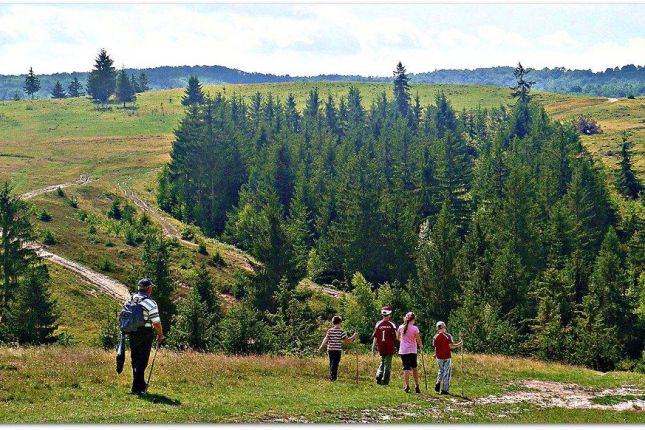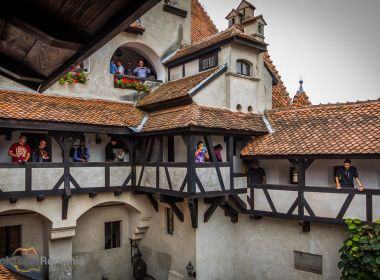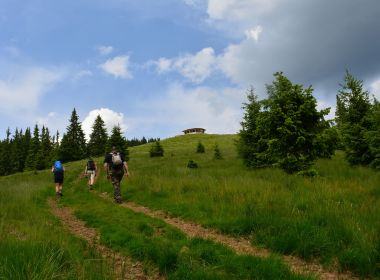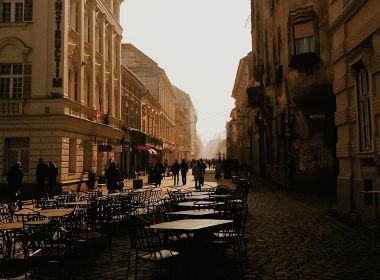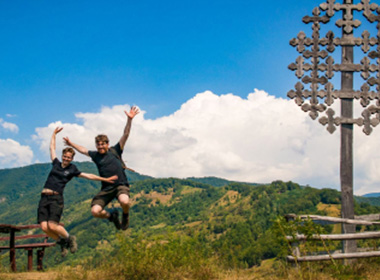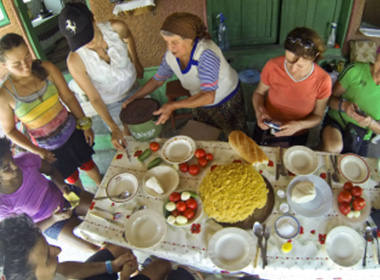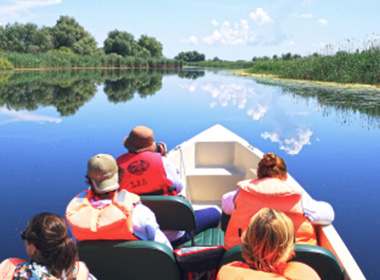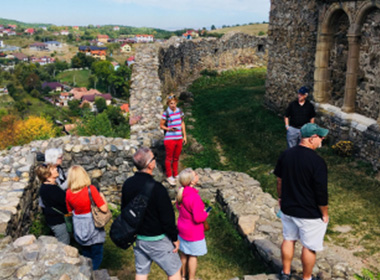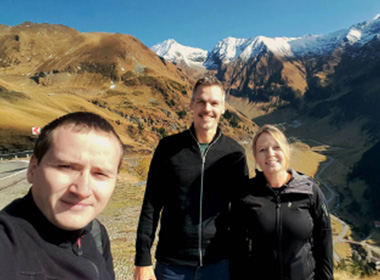Places to visit in Apuseni Mountains: Exploring the Natural Park in the Western Carpathians
Apuseni Natural Park, part of the Romanian Carpathian Mountains and located in the western part of the country, is a stunning destination that’s easily accessible from several nearby cities, including Oradea, Cluj-Napoca, Deva, and Arad.
The Apuseni Mountains are known for their incredible geological diversity, which creates a rich and varied landscape teeming with wildlife. With over 35 marked hiking trails ranging from easy to challenging, there’s something for everyone.
Many of the trails are family-friendly and suitable for children, while others take you deep into pristine wilderness, offering a rewarding adventure for more experienced hikers. Some trails may take 10 hours or more to complete. No matter your choice, the fresh air and scenic beauty will leave you feeling refreshed and inspired.
Table of contents
- Short introduction to the Apuseni Natural Park
- Discovering centuries-old traditions in Apuseni
- Best places to visit in the Apuseni Mountains
- 1. Scarisoara Underground Glacier
- 2. The sunken village of Geamana
- 3. Evantai Waterfall
- 4. Sighistel Valley
- 5. Fortress of Ponor
- 6. Rimetea village
- 7. The Bears' Cave
- 8. Țara Moților
- Transport in the Apuseni Natural Park
- Accommodation in the Apuseni Natural Park
Exploring the Apuseni Mountains and the Western Carpathians is a truly unforgettable experience. Beyond the breathtaking landscapes, you’ll encounter natural wonders like Bride’s Veil Waterfall, the Scarita-Belioara Nature Reserve, the Rusty Ravine (Groapa Ruginoasa), and countless smaller gems along the way.
Short introduction to the Apuseni Natural Park
Apuseni Natural Park and the entire Apuseni region is a hidden gems, filled with captivating legends and stunning karst landscapes. Nestled in the heart of the Ardeal region, this park offers something for everyone, from peaceful walks and picturesque routes to moments of pure joy shared with the warm and welcoming locals.
Nature lovers will be thrilled with the park’s dramatic gorges, such as the Galbena River track, a more challenging hike featuring cable sections, chains, and unforgettable views around every corner. The waterfalls are equally enchanting, with must-see spots like Laia Mare Waterfall.
While the peaks of the Apuseni Mountains may not exceed 1900 meters, the highest point being Varful Bihor, also known as Cucurbata Mare (1849 m), the landscapes are truly breathtaking, offering sweeping views and a serene atmosphere.
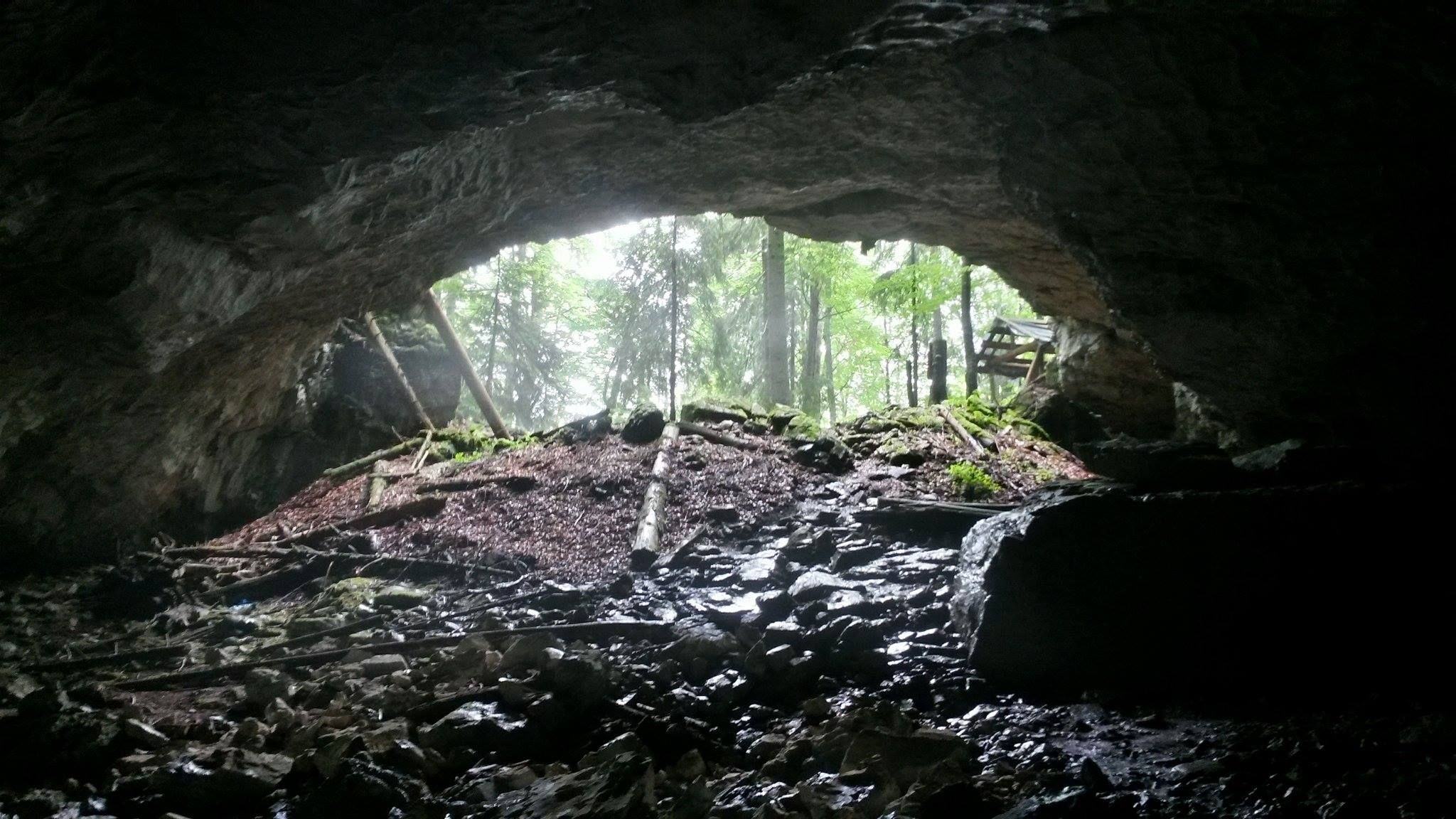
With more than 1800 known caves, these mountains are a preferred destination for speleologists and caving enthusiasts. Some of the most popular caves are Bear’s Cave (Pestera Ursilor), Vartop Cave, Scarisoara Ice Cave hosting the largest underground glacier in Europe, Meziad and many others.
Horseback riding is also a well-kept tradition among the locals of the Apuseni Mountains. You are guaranteed to enjoy some nice long walks through forest and mountains, across rivers and by lakesides.
For the adventurous, Apuseni Natural Park offers a wide range of extreme activities. You can try out canyoning on four of the most remote canyons in the Padis area: Galbenei, Oselu, Valea Seaca and Cheia Rea. White water rafting and kayaking are also activities you can try out on 3 rapid and unpredictable rivers: Crisul Pietros, Aries and Garda Seaca.
For those who want a little taste of rock climbing, Poiana Ponor is a great place to do this.
The Apuseni region is a rare haven where you can still wander through virgin forests, even though some areas have suffered from illegal logging over the years.
Remarkably, Romania holds the distinction of being home to the largest expanse of virgin forests in the European Union. Approximately two-thirds of Europe’s remaining wild forests are nestled in the Carpathian Mountains, making Romania a true gem of natural heritage.
These ancient woodlands, dominated by beech and mixed beech trees, are more than just a beautiful landscape; they are vital ecosystems. They shelter the largest populations of brown bears, wolves, and lynx in the European Union, solidifying Romania’s reputation as Europe’s ultimate virgin forest hotspot.
Apuseni Natural Park and the Western Carpathian Mountains can be seen in the following hiking tours:
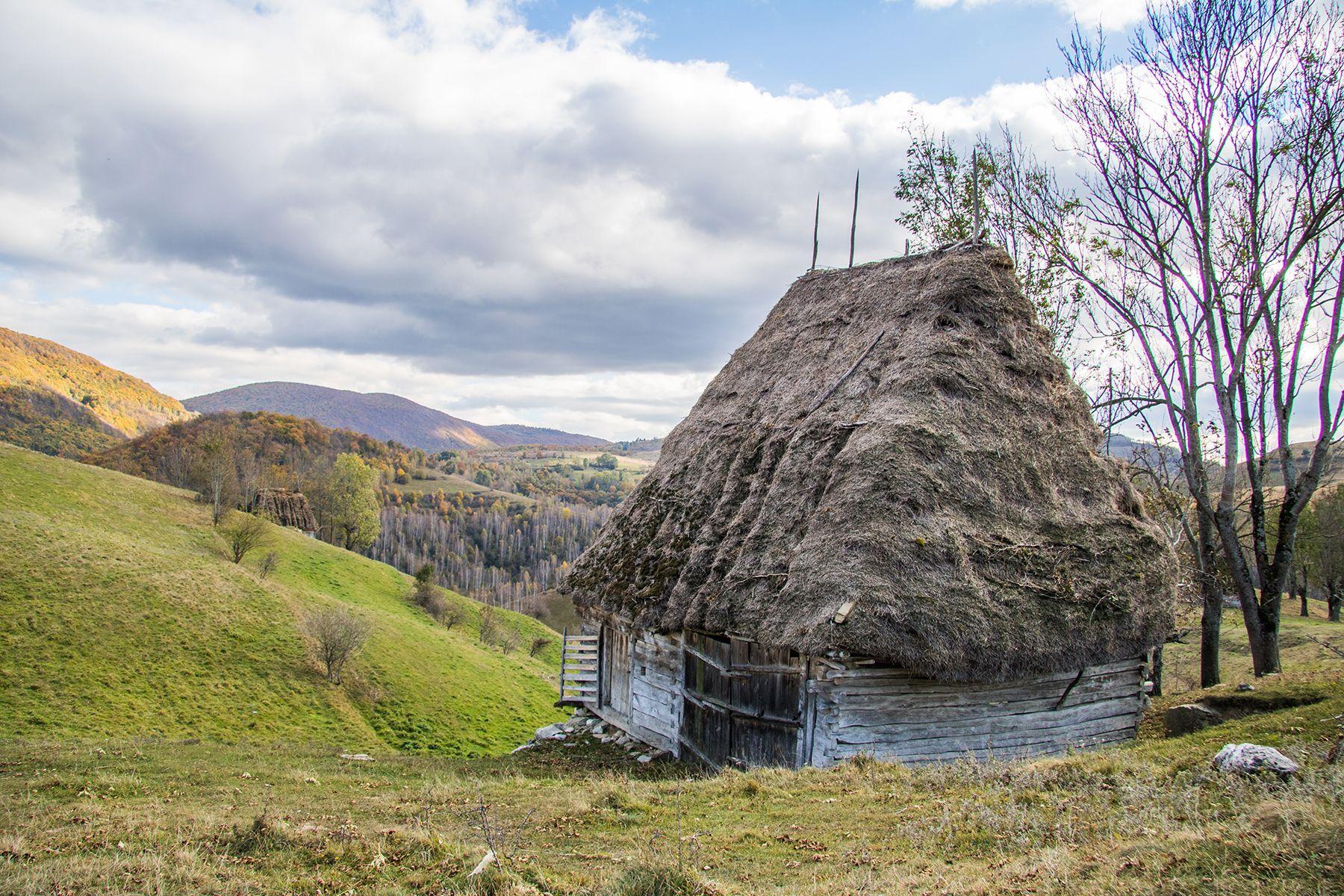
Discovering centuries-old traditions in Apuseni
Each village in the Apuseni region offers its own unique traditions and customs, making every visit a special experience.
One remarkable tradition in the Apuseni Mountains is the art of crafting hemp clothing, passed down through generations. These handmade garments have become a treasured part of the region’s folklore and cultural identity.
The Apuseni region also has a centuries-old tradition of hosting vibrant country fairs. Smaller fairs were once held weekly on Thursdays, while larger ones, known as "balciuri", followed the agricultural calendar.
These fairs were more than just trading hubs; they played a vital role in community life, serving as meeting places for young people from distant villages to find their future spouses, often preventing close-relative marriages.
Among the most iconic fairs in the region is The Maidens' Fair, with the famous girls' gathering on Mount Găina, famous for stories of marriages formed on the same day couples met.
Christmas in the Apuseni Mountains is another magical time, steeped in centuries-old tradition.
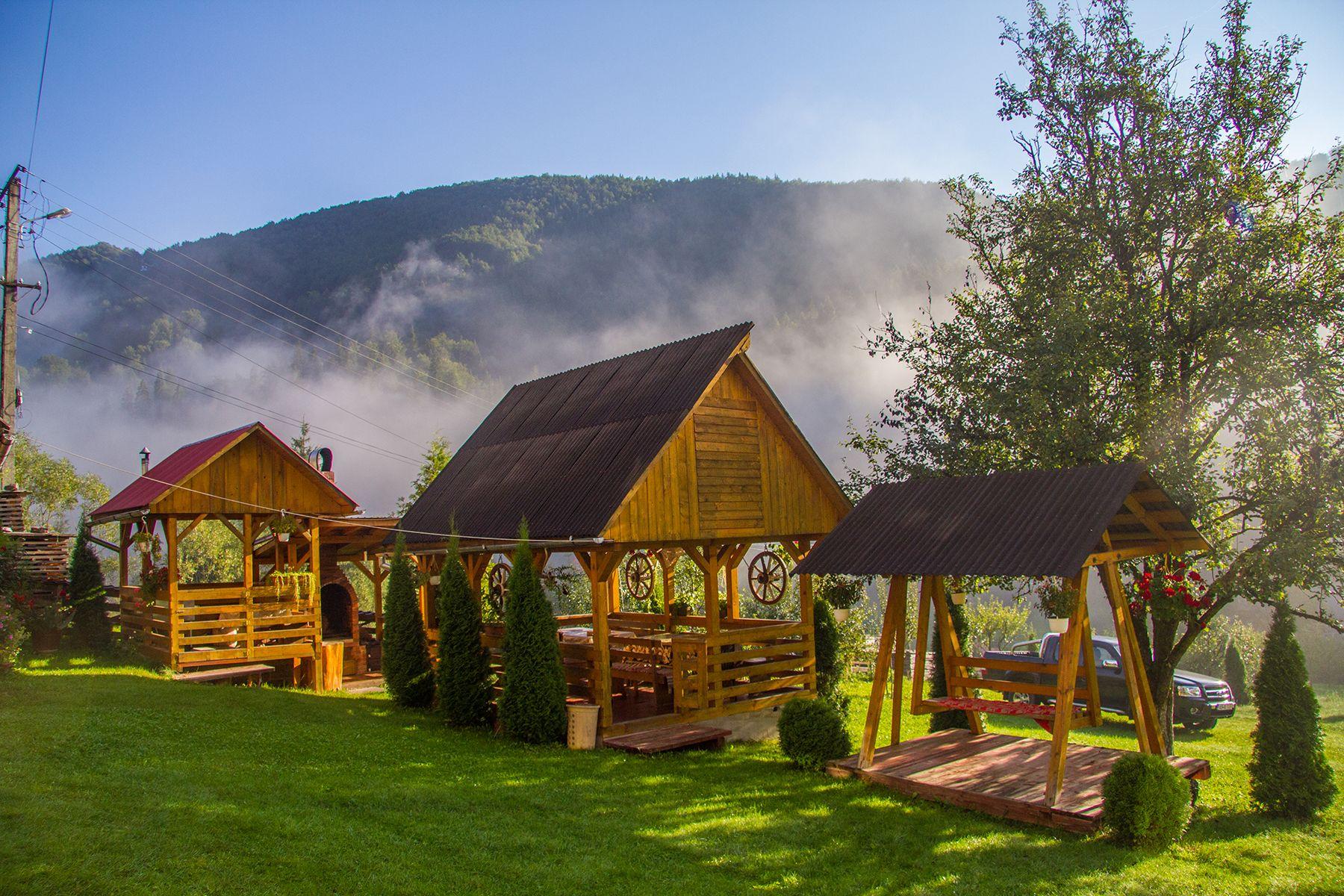
Best places to visit in the Apuseni Mountains
The Apuseni Mountains are a truly unique place where people, forests, and wild animals live in harmony. This enchanting region is like something out of a fairytale, filled with special places rich in stories and surrounded by breathtaking natural landscapes teeming with wildlife.
1. Scarisoara Underground Glacier
The Scărișoara Glacier stands out as one of Romania's most famous natural wonders, renowned for its impressive size. Nestled within a cave, it holds the title of the largest perennial ice deposit in the world.
With over 10,000 cubic meters of ice, this glacier isn’t just massive, it’s a living record of climate history. Preserved within its layers are remnants of long-extinct plants and animals, making it one of the most fascinating and unique destinations to explore in Romania.
- Location: Ghetari Hamlet, at an altitude of 1165 m.
2. The sunken village of Geamana
The story of this place is heartbreaking and serves as a powerful reminder of the environmental impact of industrial activity. What was once the village of Geamăna now lies beneath a toxic lake created during the communist era, when copper mining at the Roșia Poieni mine expanded. Villagers were compensated to leave their homes, but the area was devastated as the mining waste covered the land and waterways.
Today, only the tower of the old church is visible, standing eerily above the surface of the sludge.
Once located on a hill, it now marks the site of a village where 400 homes were buried under industrial waste. This site has become a grim symbol of lost heritage and the long-term consequences of ecological neglect.
- Location: Lupșa village in Alba County, Transylvania.
3. Evantai Waterfall
Evantai Waterfall is a true gem and one of Romania’s most stunning natural wonders. Its unique fan-like shape inspired its name, as Evantai means fan in Romanian. This 7-meter-long waterfall is formed by an underground river that emerges dramatically over the rocks, creating a mesmerizing sight.
It’s especially breathtaking in autumn when the surrounding landscape transforms into a canvas of vibrant colors, and the increased rainfall enhances its flow.
Visiting the waterfall is an adventure in itself, as the trail leading to it is more suited for experienced hikers.
- Location: Galbena Valley, at an altitude of 1280 m.
4. Sighistel Valley
The Sighiștel Valley or Sighiștel Canyon, nestled in the western part of the Bihor Mountains, is a hidden treasure for nature enthusiasts. The most striking section of the valley lies upstream, where the landscape transforms into a dramatic gorge with towering vertical cliffs. In some parts, the gorge becomes extremely narrow and untamed, offering an adventurous and wild experience.
This rugged terrain is best suited for seasoned hikers. Given the area's remote and challenging nature, exploring it with a knowledgeable local guide is highly recommended to ensure both safety and a deeper understanding of its hidden wonders.
- Location: Sighiștel village, near Cîmpani, Bihor County.
5. Fortress of Ponor
The Fortress of Ponor (Cetățile Ponorului in RO), often called the "Everest of Romanian Speleology," is a breathtaking natural wonder in the Padiș region of the Bihor Mountains. This amazing karst complex is full of underground rivers, spectacular waterfalls, and dramatic limestone formations that feel straight out of a fantasy.
A protected natural reserve since 1952, Cetățile Ponorului covers 36 square kilometers of beautiful landscapes, including the Galbenei Gorge and The Flowers’ Glade. Its highlight is a series of three enormous dolines, over 300 meters deep and more than 1 km wide, with entrances and balconies offering unforgettable views.
- Location: Padis, Bihor County.
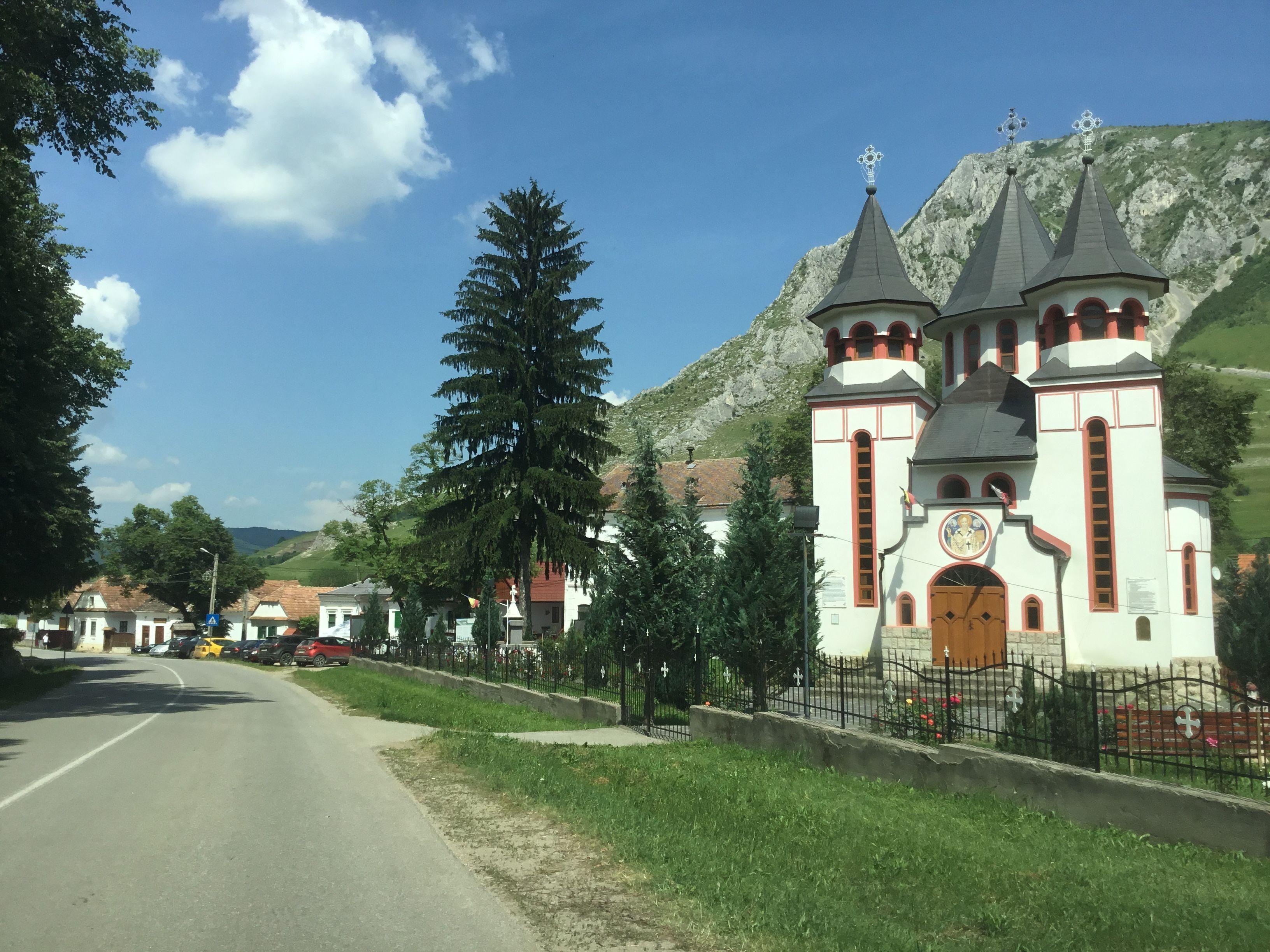
6. Rimetea village
Rimetea is more than just a beautiful destination, it’s a place where history, culture, and nature come together in perfect harmony. It was also recognized with the prestigious Europa Nostra Award from the European Commission for its outstanding efforts in preserving cultural heritage.
Here, you can also embark on a hike to Piatra Secuiului, a striking limestone massif that stands between the villages of Rimetea and Pietroasa.
The massif features two distinct peaks, separated by a steep ravine, creating a unique phenomenon for those living in the northern part of Rimetea. Here, the sun appears to rise twice! After its initial rise in the east, the sun briefly disappears behind the first peak, only to reemerge moments later from behind the second, giving the area its one-of-a-kind charm.
- Location: Alba County.
7. The Bears' Cave
The Bears' Cave, stretching over 1.5 kilometers, is one of the must-see attractions in the Apuseni Mountains, drawing visitors from far and wide.
This fascinating cave is made up of four main galleries: the Bones Gallery, the Emil Racoviță Gallery, the Candles Gallery, and the Scientific Gallery. While the Scientific Gallery is reserved for professional speleologists due to its challenging access through a 30-meter shaft, the other three galleries are open to the public and full of incredible sights.
As you explore the Bears' Cave, you'll discover a treasure trove of natural wonders, including stunning stalactites and stalagmites. The cave also earned its name from the many cave bear fossils found here, offering a glimpse into the prehistoric past.
- Location: Chiscau town, Bihor County.
8. Țara Moților
Țara Moților (The Land of Moților) is a unique region in the heart of the Apuseni Mountains in Transylvania, known for being the only place in Romania with permanent settlements at high altitudes—over 1,400 meters—where people live year-round.
This area is home to the Moți, a Romanian community with deep cultural roots. While the term "Moți" originally referred to residents of 12 to 14 villages above the town of Câmpeni in Alba County, such as Avram Iancu, Vidra de Jos, Albac, Horea, and Scărișoara, it has since come to include people from surrounding areas who identify with Moț heritage.
Stretching between the peaks of the Bihor, Muntele Mare, and Metaliferi Mountains, the Țara Moților is both culturally rich and geographically stunning. Câmpeni serves as the region’s central hub, often referred to as the "capital of the Moți."
- Location: Starts in Bistra, just before Câmpeni. It covers parts of the Alba, Arad, Bihor, Cluj, and Hunedoara counties.
Transport in the Apuseni Natural Park
Getting to the Apuseni Natural Park is easiest by car, especially if you want to visit various tourist attractions in the area, from starting a hike to the highest peak to exploring a specific village. Unfortunately, public transport in Romania is not very well developed.
If you’re flying in Romania, the closest airport to the Apuseni Mountains is Cluj-Napoca Airport, making it a convenient starting point for your adventure.
Accommodation in the Apuseni Natural Park
The good news is that accommodation in the area is plentiful and varied.
Whether you’re looking to camp under the stars in one of the many free camping spots surrounded by nature or prefer the comfort of a cozy guesthouse with comfortable beds to rest in after a long walk and delicious local food, you’ll find plenty of options to suit your style.
....
The Apuseni Mountains are a true treasure, offering something for everyone.
It's time for you to discover charming, isolated villages that have preserved their traditions and thrive as close-knit communities, explore pristine virgin forests or challenge your adventurous spirit: go rafting, climb rugged cliffs, take horseback riding lessons, or follow the path into the captivating caves scattered throughout the region.
Places to visit
Related tours
-
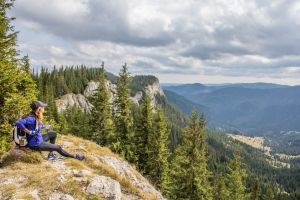
Hiking tour in Apuseni Natural Park
Start from: Cluj-Napoca
-
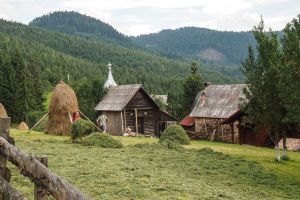
2 Days Hiking Trip to Local Villages in Apuseni Mountains
Start from: Cluj-Napoca or Sibiu
4 times a year we prepare a newsletter with local stories, places and our special insights about Romanian culture and local life that will inspire you to visit our country and have an authentic local experience. Would you like to get it?
